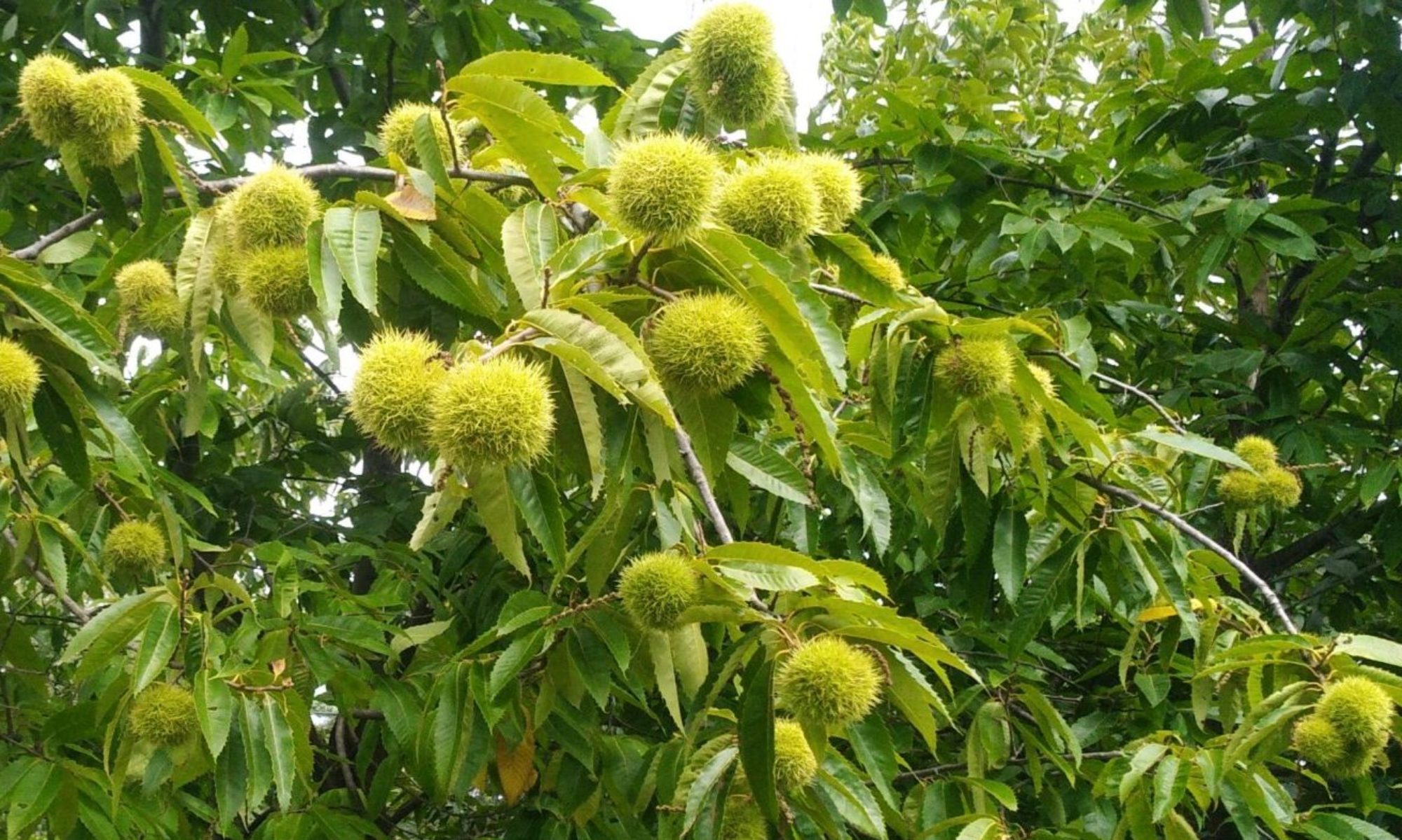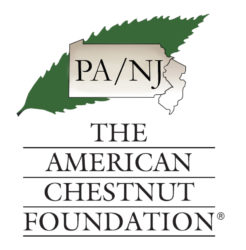[hr style=dashed-line margin_top=10 margin_bottom=10]
Genome Sequencing
[hr style=dashed-line margin_top=10 margin_bottom=10]
As noted in the breeding sections, the exact controls for blight-resistance and other traits of interest are not well-known. By sequencing the genome of various chestnut species, scientists can get a better idea of how various traits are controlled. Of particular interest to TACF, of course, of resistance and growth traits.
The genomic sequencing for Chinese chestnut (Castanea mollissima) was begun with the Fagaceae project. In that work, the sequence of a specific cultivar was targeted. From that work, almost 20 genes were suspected of having a role in the control of blight-resistance.
The work continued by the Forest Health Initiative will improve the resolution of the genome sequence work done in the Fagaceae project, and act to better narrow down the suspect resistance genes to figuring out which ones play the biggest roles. How many that will be, and what affect each of them has, remains to be seen. Once these genes are known, however, they can be used in both marker-assisted selection and toward their inclusion in the genetic transformation process.
While the targeting of blight-resistance genes is currently the most important, many other traits of interest will be examined through the sequencing process. In the case of breeding for blight-resistant American chestnuts, the other trait of interest would be American character. With markers, it is possible that signals for the different chestnut species could be found, thereby allowing breeders to know almost exactly how much “American” character would be in a given tree, and use that for the purposes of selection.

